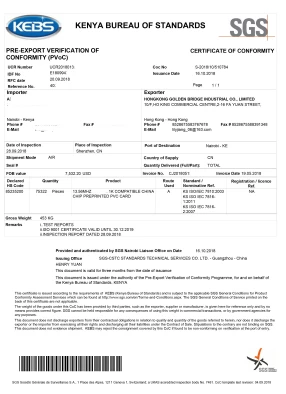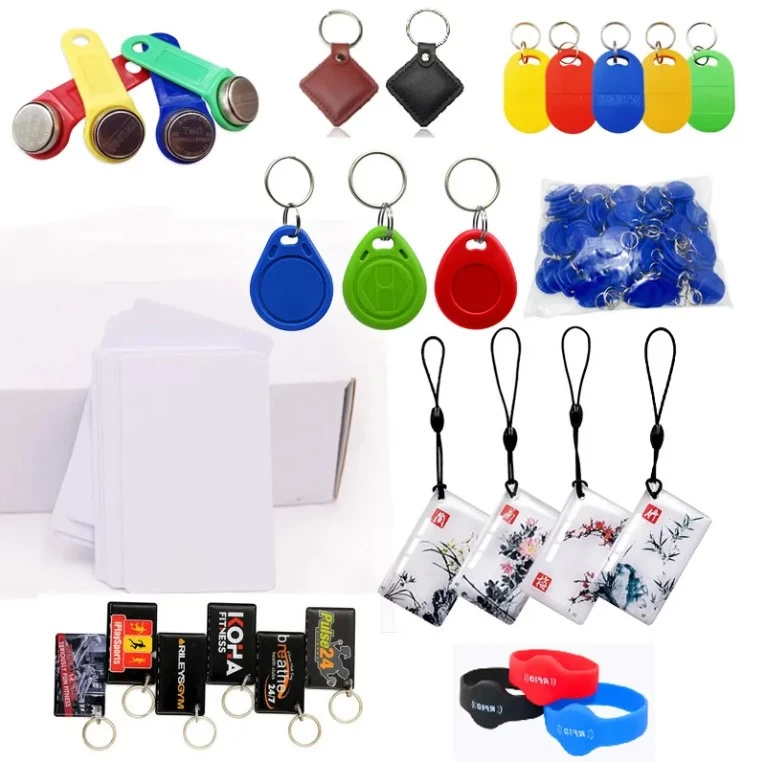How RFID is changing the operational processes of the fast food industry

The growth of RFID in the retail sector can serve as a benchmark for operators in this industry
The technology requirements of the fast-food restaurant industry are evolving faster than ever before, but their profit margins are getting lower and lower. As a result, these companies are facing business-wide challenges that threaten the potential long-term sustainability of their organizations. For many fast food restaurants, one of the biggest priorities right now is to maintain and secure the supply chain into the restaurant's operational processes and provide enhanced inventory traceability. For example, batch damage or damage due to inaccurate restaurant inventory, expired products, inaccurate shipments, out-of-stocks, and surpluses can make day-to-day operations difficult.
The use of radio frequency identification (RFID) in the soft commodity retail sector has been growing. Retailers can easily view and manage their inventory in minutes with up to 98% accuracy by tracking products tagged at the item level. This frees up employees to better serve in-store customers and enables brands to provide convenient services such as online purchases of sales-on-site replenishment and in-store pick-up (BOPIS) to provide a better customer experience.
However, this technology is not unique to retail. It is now helping the industry change its current manual inventory statistics system and push to maintain the accuracy and freshness of products. RFID also allows fast service brands to remain competitive in terms of ordering, speed, and efficiency, especially in today's environment.
Operational challenges of inventory management
According to research published by the National Restaurant Association, 96 percent of operators experienced a delay or shortage of supply of critical food or beverages in 2021. These issues are expected to continue, and managing inventory is critical to rapid service to optimize the supply it receives. Due to the large amount of perishable inventory, restaurants need to maintain the freshness of the inventory to avoid waste. However, these checks are usually done manually, which is time-consuming and can produce human error.
In such a fast-paced environment, where employees manually manage everything (receipts, inventory counts, replenishments, and warehouse numbers) through pen and paper, the data collected can quickly become obsolete and often inaccurate. In addition, communication between staff is usually verbal and only occurs briefly between shifts.
Manual inventory can lead to serious inventory management problems and a negative ripple effect on the entire restaurant. Instead of spending time serving customers or providing visitors with a high-quality experience, employees spend their time managing inventory that is largely useless. This can lead to front-end shelves being empty, prompting customers to leave without buying anything, and the end result is excessive waste and high costs.
The role of RFID
RFID enables the industry to improve back-end and front-end operations through efficiency practices at all stages of the supply chain, from distribution centers to food supply.
On the back end, RFID enables fast-food restaurant businesses to accurately track all items in minutes. From here, regular in-store inventory enables restaurants to maintain visibility into inventory levels with up to 98% accuracy. At the same time, it is also possible to issue warnings about expired products, and restaurants can take targeted daily or weekly inventory counts, which can maximize the use of all items and limit orders to only those that are needed, thus minimizing waste.
Create long-term solutions
Sales in the restaurant industry are expected to reach $898 billion by 2022. The industry is booming and growth is expected to only continue. As more and more fast-food restaurants grow across the U.S., chain restaurants and their franchises become more difficult to manage, and competition will only intensify.
By using RFID, restaurants can completely simplify their inventory management. By improving visibility into inventory levels, restaurants can minimize waste and increase profits in a sustainable way, resulting in long-term cost savings, financial growth and more efficient operational processes.
With faster and more accurate inventory tracking solutions, operators can significantly reduce the amount of time they spend on administrative work. Instead of spending a long time manually (and possibly making mistakes) on inventory, they can devote more effort to serving customers and delivering high-quality services. Alternatively, they can spend extra time on individual or team training to improve their own or co-workers' skills.
The growth of RFID in the retail sector can serve as a benchmark for industry operators. Retailers are currently seeing improvements — from about 65 percent inventory accuracy to 98 percent. This proves that the sooner restaurants adopt the technology, the sooner they can start gaining a competitive advantage.


























